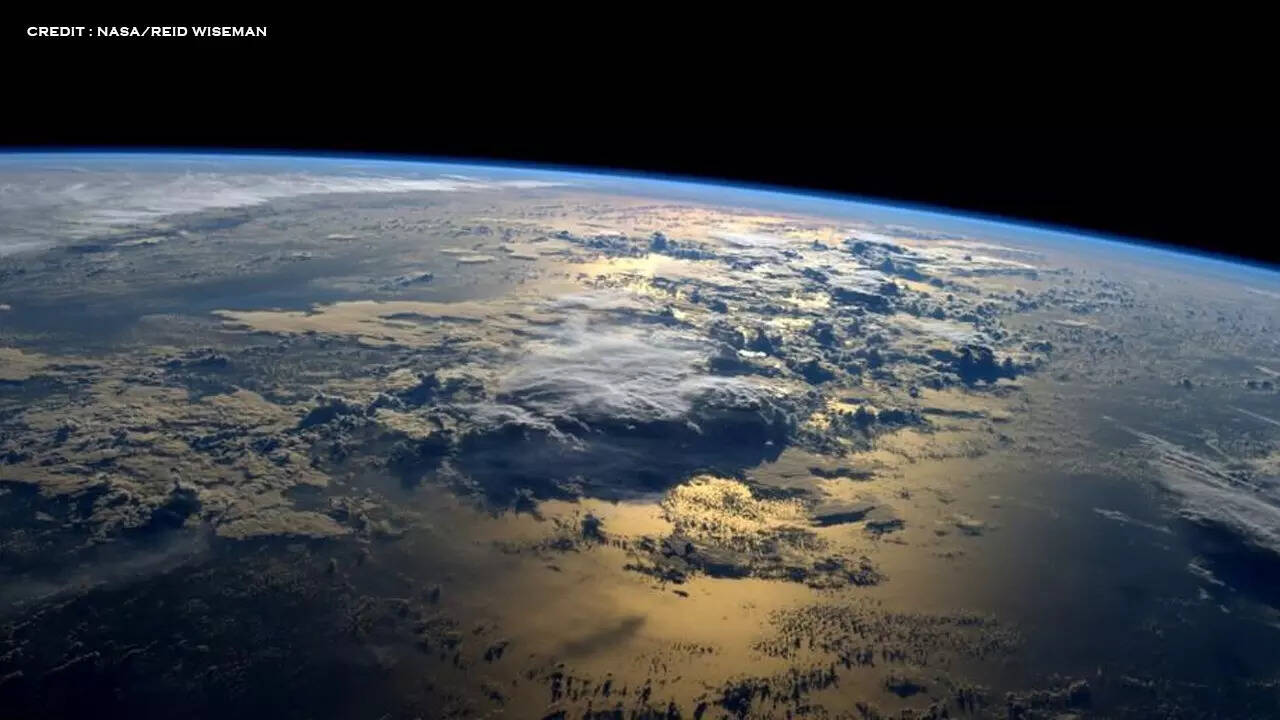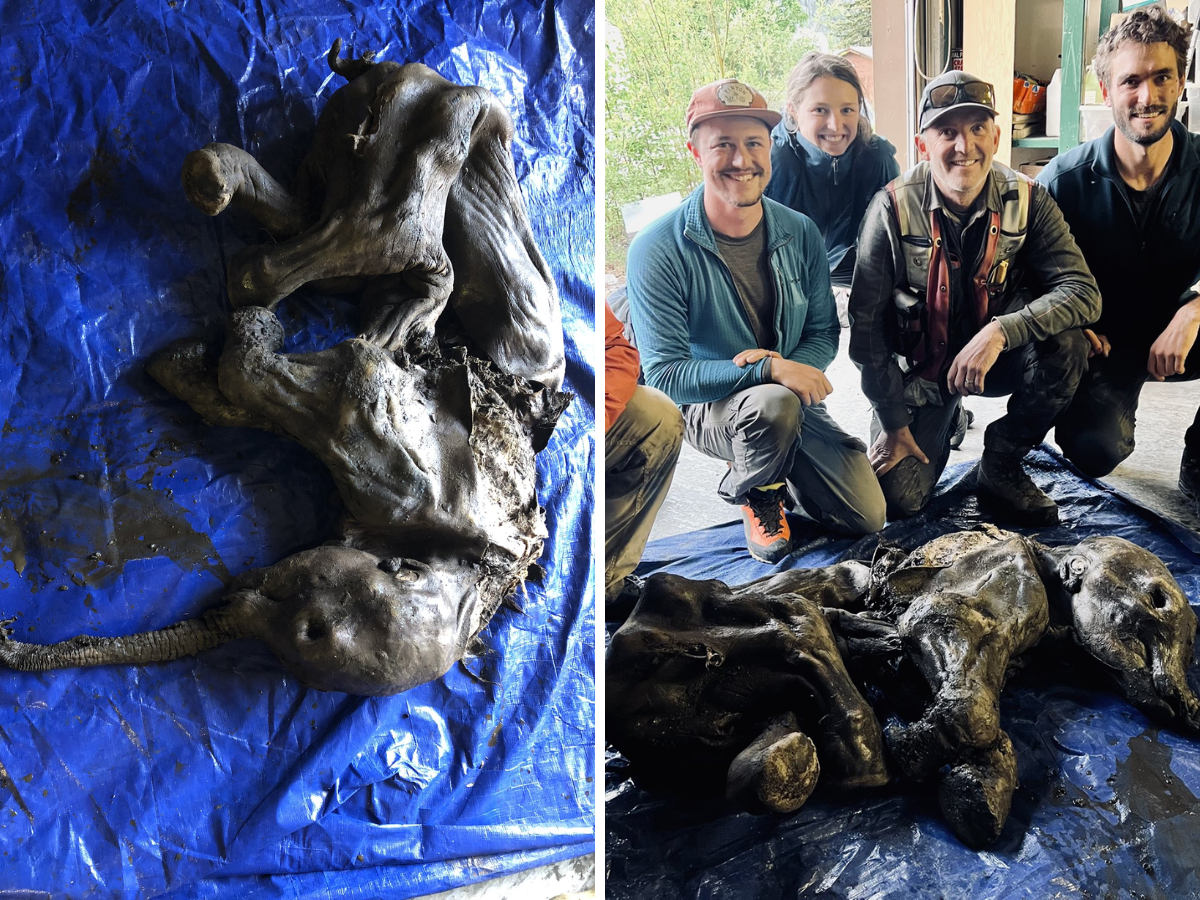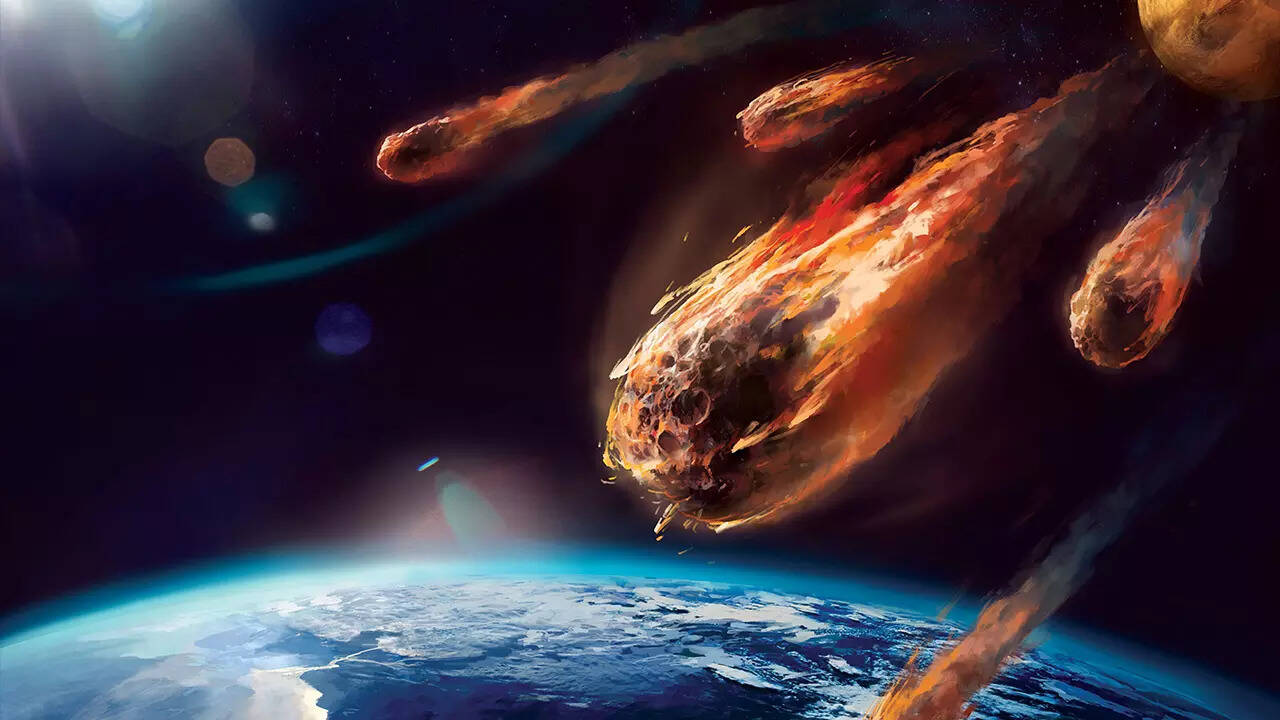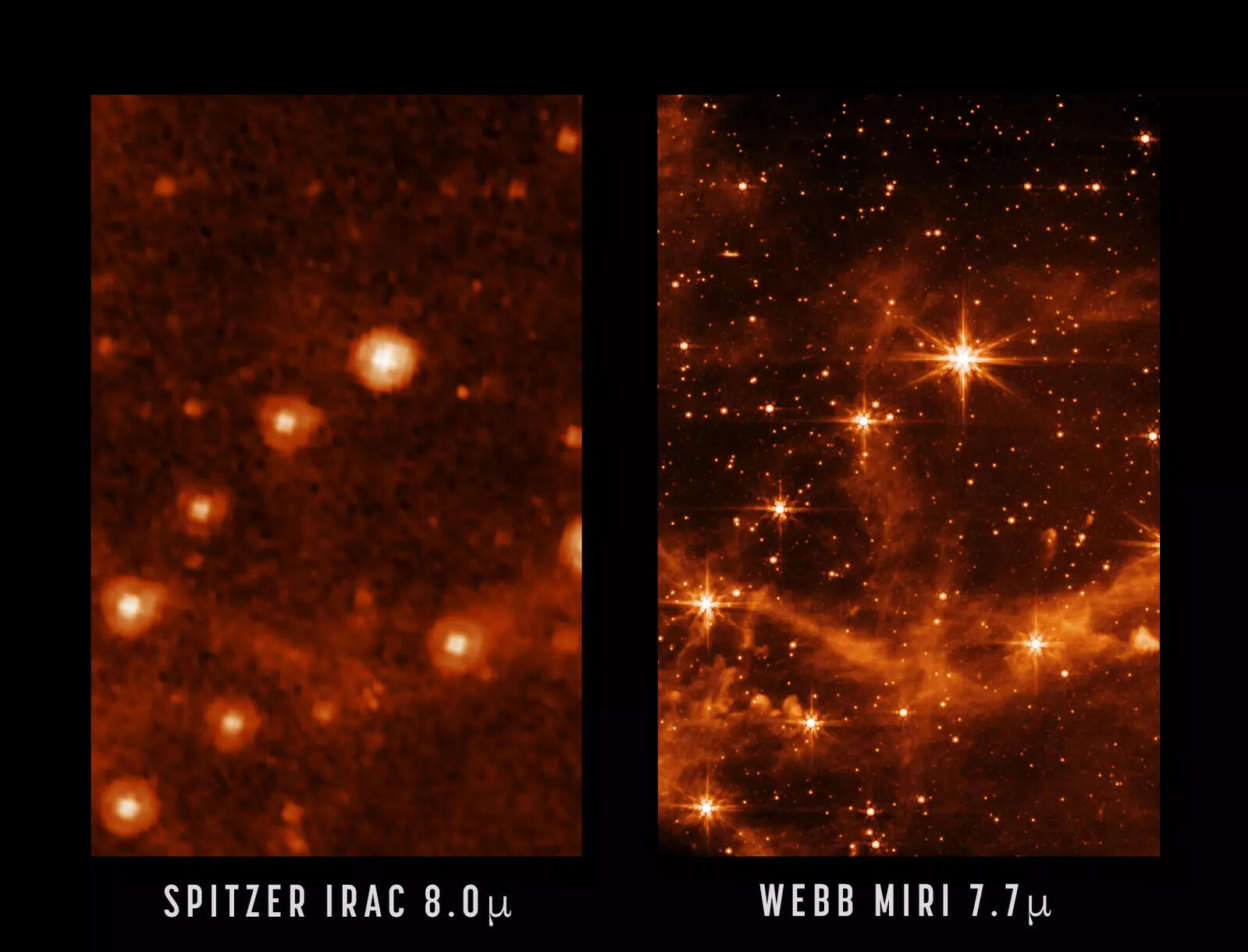

Similar news

A new tool developed by scientists could improve the detection of extraterrestrial life

Mummified woolly baby mammoth found with skin and hair almost perfectly preserved; said to be 30,000 years old
80% of the minerals on earth were mediated through water
“For example, more than 80% of the earth’s minerals have been mediated by water, which is therefore fundamental to the mineral diversity on this planet. This explains, in a broader sense, one of the main reasons why the Moon and Mercury and even Mars have far fewer mineral species than Earth.”
Similar news

World Asteroid Day 2022; Know why this day is important

NASA reveals the deepest image of the universe ever taken by the Webb telescope
“The work also tells us something very profound about the role of biology,” he adds. “A third of the minerals on earth could not have formed without biology — shellfish and bones and teeth, for example, or microbes, for example, or biology’s vital indirect role, such as creating an oxygen-rich atmosphere, which would have resulted in 2,000 minerals not forming otherwise.” .”
“Each mineral specimen has a story. Each tells a story. Each is a time capsule revealing Earth’s past in a way nothing else can.”
40% of the mineral species on earth arose in more than one way
According to the paper, nature created 40% of Earth’s mineral species in more than one way — both abiotic and cellular, for example — and in several cases used more than 15 different recipes to produce the same crystal structure and chemical composition.
Of the 5,659 recognized mineral species studied by Hazen and colleagues, nine were formed by 15 or more different physical, chemical, and/or biological processes—everything from near-instantaneous formation by lightning or meteorite impacts to changes caused by water. Rock interactions or transformations at high pressures and temperatures over hundreds of millions of years.
And as if to show that it has a sense of humor, over the past 4.5 billion years, nature has taken 21 different routes to create pyrite (aka fool’s gold) — the world’s champion of minerals of diverse origin. Pyrite forms at high and low temperatures, with and without water, with the help of microbes, and in harsh environments where life is irrelevant.
Pyrite is composed of one part iron and two parts sulfide (FeS2) and is mined and released via meteorites, volcanoes, hydrothermal deposits, by pressure between rock strata, near-surface rock weathering, microbially precipitated deposits, several mining-related processes, coal mine fires, and many other means.
To reach their conclusions, Hazen and Morrison created a database of all known formation processes of all known minerals. They drew on large, open-access mineral databases (mindat.org and rruff.ima/info), supplemented by thousands of primary research articles on the geology of mineral deposits around the world, and identified 10,556 distinct combinations of minerals and formations. detailed in the article “On the Paragenetic Modes of Minerals: A Mineral Evolutionary Perspective”.
The goal of their efforts: “To understand how the diversity and distribution of minerals have changed over time and to propose a system for mineral classification that reflects the origin of minerals in the context of evolving terrestrial worlds.”
Differentiating minerals based on how and when each species appeared in the Earth’s 4.5 billion+ year history
In previous studies spanning more than a century, thousands of mineralogists worldwide have painstakingly documented nearly 6,000 different “mineral types” based on their unique combinations of chemical composition and crystal structure. dr Hazen and colleagues took a different approach, emphasizing how and when each type of mineral appeared over more than 4.5 billion years of Earth’s history.
“No one has taken on this daunting task before,” says Dr. Hazen, who was honored by the IMA with the Medal 2021 for his outstanding achievements in mineral crystal chemistry, particularly in the field of mineral evolution.
“In these twin papers, we are doing our best to lay the foundation for a new approach to detecting different types of minerals. We welcome the findings, additions and future releases from the mineralogical community.”










